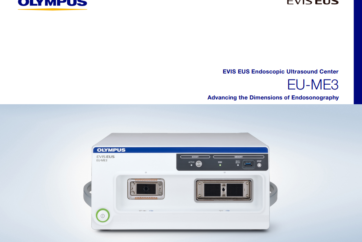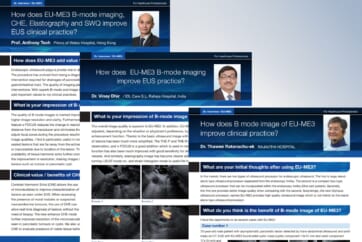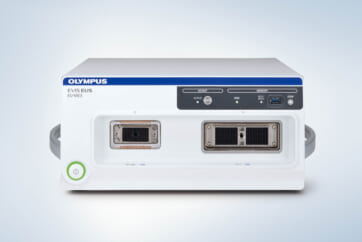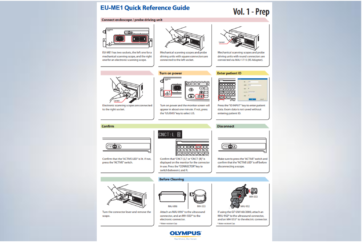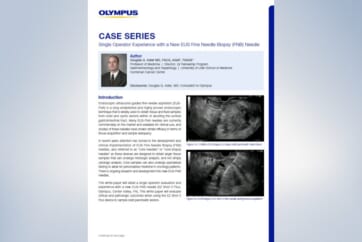Introduction
Endoscopic ultrasound (EUS) was first put into practical use in 1982 and grew steadily more popular as the years passed. By the 1990s, this procedure had become widely recognized for its clinical usefulness but nonetheless remained relatively rare due to its high degree of difficulty. Many of the techniques involved – especially in the pancreatobiliary region – were simply too daunting for most endoscopists to incorporate.
To help remedy this situation, in 2003, we published “Standard Imaging Methods in the Pancreatobiliary Region Using Radial EUS.” Aimed at physicians who had just begun to learn EUS, as well as those who found themselves unable to make progress, this handbook systematically described how to image the pancreatobiliary region using radial EUS. Quickly gaining popularity among Japanese physicians, it soon became regarded as the “bible of EUS” and is still today held in high esteem by Japanese physicians seeking to acquire radial EUS skills.
In the more than seventeen years that have passed since the publication of the first edition, a lot has changed. Scanning technology has advanced at a rapid pace, transitioning from mechanical radial scanning to electronic radial scanning. At the same time, as EUS has become more widely used by doctors around the world, the variety of available imaging techniques has steadily increased. With all of these changes, the need for a new edition has become readily apparent, leading to calls for us to update the original.
To address these demands, the Japanese Committee-Standard Imaging Technique of Radial EUS was established in January 2019. We spent over a year making extensive revisions to the original text, and are now ready to publish the second edition of “Standard Imaging Methods in the Pancreatobiliary Region Using Radial EUS”.
In this revised edition, the original clinical ultrasound images have been replaced with new images captured with the latest equipment, while illustrations and tables have been updated. Perhaps the most significant aspect of this revised edition is our effort to consolidate various imaging methods from different schools into what one might call the greatest common denominator. Possible methodological variations are included in the form of additional descriptions. To enhance scanning instructions for the various sites, we provided links to videos so that the readers will have the opportunity to see exactly how a particular procedure is performed in practice. Tips and other useful imaging information are made more prominent with highlighted blocks: “Point,” “Tips,” and “Column.”
In EUS today, both convex scanning and radial scanning figure prominently. Each has its pros and cons. We hope this handbook, together with the previously revised “Standard Imaging Methods Using a Convex Ultrasonic Endoscope for EUS-FNA,” will provide you with the tools and guidance you need to master EUS.
Japanese Committee-Standard Imaging Technique of Radial EUS
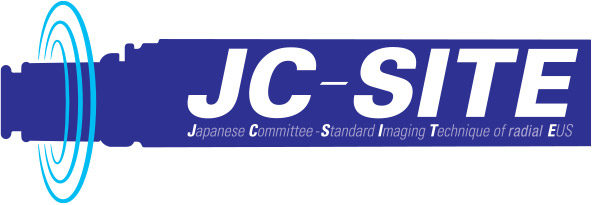
- Content Type

